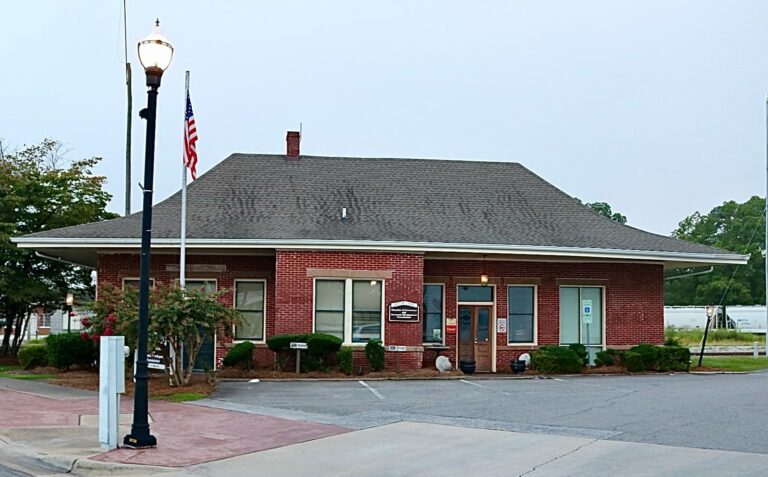Building Communities
All across the United States, there is change at work. From the congested suburban areas to the quiet agricultural towns, people from all backgrounds and occupations are working to make a difference in the future of their communities. Without the prestige of public office or the glamour of a corporate title, one will find inmost of the counties, cities, and towns a group of people dedicated to economic growth and community involvement. They are know as Chamber volunteers and staff. They form the backbone of the thousands of local Chambers of Commerce throughout the country.

Catalysts for Community Change
Think of the Raeford Hoke Chamber of Commerce as more than just a spot for tourism or business details – it’s like the power hub behind positive changes in your community. Local Chambers go beyond providing information; they play a crucial role in planning how the area grows economically, improving education, dealing with laws, fostering connections, and offering various services. It’s not just about helping businesses; it’s about making the whole community better. They’re like the engines driving positive transformations that benefit everyone in the neighborhood.

Nurturing Communities, Empowering Business
Chambers often are the first point of contact for visitors and traveling business people, serving as ambassadors for their communities. They are the liaison between the business community and local government, bringing groups together to work out issues of concern and maintain and improve the climate of doing business. They often are heavily involved in educational projects, community improvement programs and cultural and social events. In short, Chambers give life to the communities in which they serve.

The Role and Structure of Chambers of Commerce
Chambers of Commerce, despite their close collaboration with elected officials, operate independently and are not government entities. These associations bring together individuals, firms, companies, and corporations with shared business interests. Members contribute annual dues, often affordable even for small businesses, to fund staff and operational expenses. Additional revenue is generated through various sponsored publications and events organized by the Chamber. The size of local Chambers varies, mirroring the diversity of towns and cities across the nation.

Uniting Locally, Amplifying Nationally
The local Chamber is an independent organization, but has as its resources both its state Chamber and the United States Chamber. Most Chambers pay dues to belong to both organizations, and keep its members informed of state and national issues. Most state Chambers and the U.S. Chamber are more heavily focused on government and legislative issues than most local Chambers, which rely on both for legislative tracking and “action alerts” to spur grass-roots efforts on important state and federal legislation. The mission of the three groups is the same; to enhance business opportunities for their membership.

Driving Economic and Social Change
Local Chambers play a crucial role in shaping the economic and social landscape of their regions by collaborating with state organizations and local governments. They lead community development initiatives, market their communities to attract tourists and businesses, facilitate industry expansion, and implement state and federal programs in areas such as education, technology, workplace wellness, and leadership development. Chambers are key drivers of progress at the local level.












